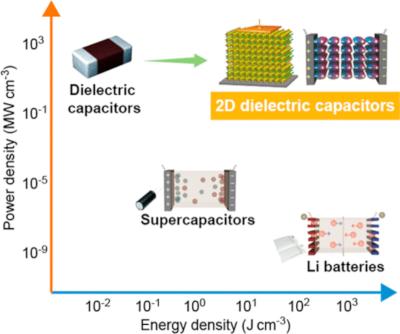Researchers develop method for controlled on-site growth of perovskite nanocrystal arrays
Researchers at MIT have developed a bottom-up approach for precise and scalable formation of perovskite nanocrystal arrays with deterministic control over size, number, and position. The new platform enables researchers to 'grow' halide perovskite nanocrystals with precise control over the location and size of each individual crystal, integrating them into nanoscale light-emitting diodes.
Halide perovskite materials have largely been implemented into thin-film or micron-sized device applications. Precisely integrating these materials at the nanoscale could open up even more remarkable applications, like on-chip light sources, photodetectors, and memristors. However, achieving this integration has remained challenging because this delicate material can be damaged by conventional fabrication and patterning techniques.







